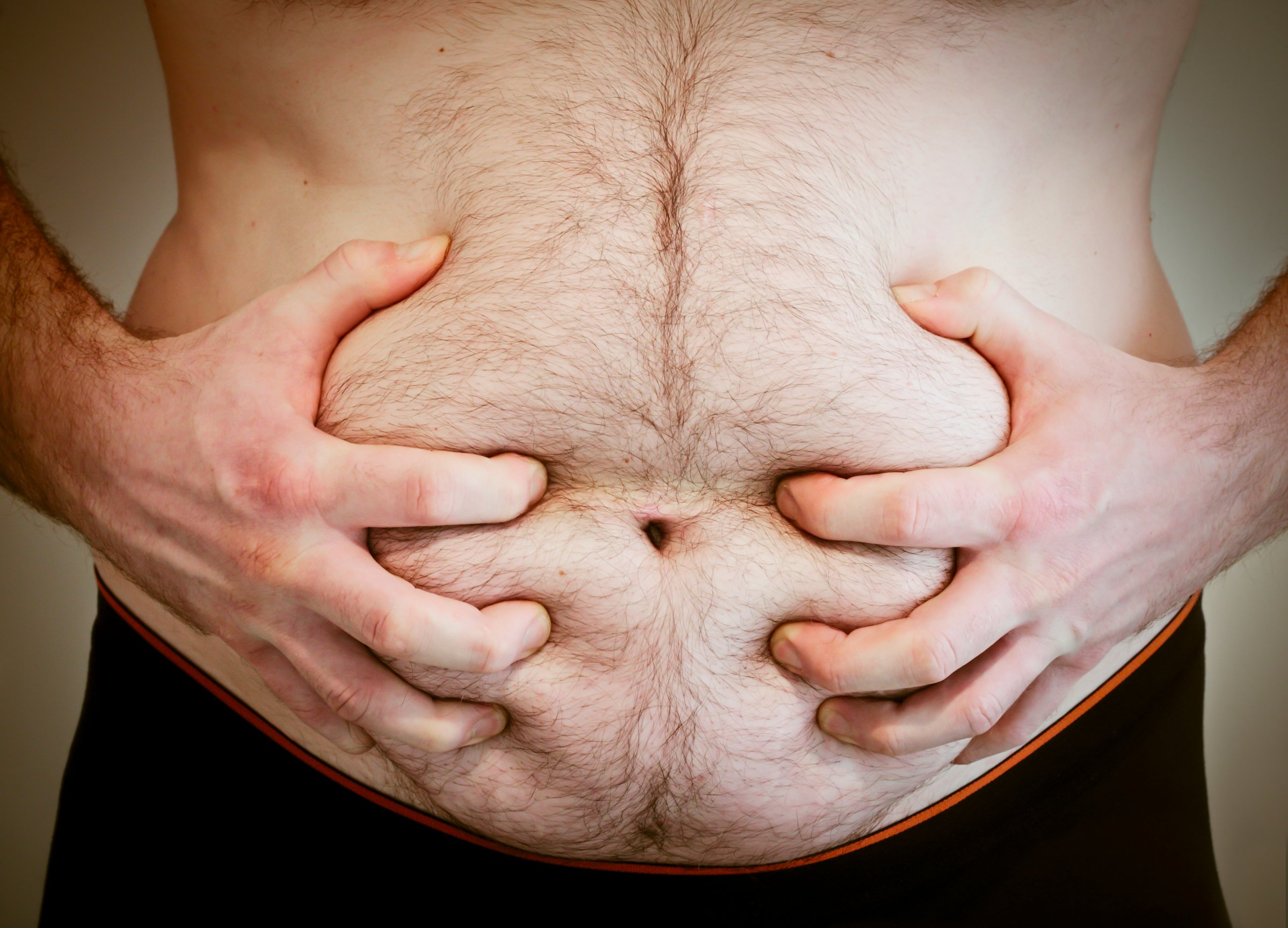
A Holy Grail of fat—one that can turn more quickly into energy and melt away without building up in those unwanted bulges—is actually backed by some intriguing evidence. The trouble is, it’s hard to find in most adults. It turns out we have more of the less desirable kind, the white fat that accumulates around the middle and in our tissues, that potentially leads to dangerous health problems.
Now, scientists reporting in the New England Journal of Medicine report that they have connected the dots between the strongest gene associated with obesity and a way to make white fat more active. The idea is to literally give white fat fewer couch potato tendencies and help it more actively burn energy, more like the so-called brown fat that’s in such short supply.
MORE: This New Drug Turns ‘Bad’ White Fat Into ‘Good’ Brown Fat
The researchers, led by Melina Claussnitzer and senior author Manolis Kellis from the Massachusetts Institute of Technology (MIT) and the Broad Institute of MIT and Harvard, say that the key lies in an intermediate type of fat that experts have dubbed “beige fat”. While brown fat, often found in higher amounts in newborns and concentrated in the parts of cells that are responsible for generating energy, comes from entirely different cellular lineages than white fat, beige fat and white fat share more in common. By studying cells from people with mutations in an obesity gene called FTO, Kellis found that their cells contained certain mutations that inhibited the formation of beige fat. But by manipulating the mutations, he was able to both turn white fat cells into beige cells as well as increase the proportion of early fat cells that developed into beige cells (rather than white fat).
MORE: Why Brown Fat May Be the Key to Weight Loss
The net effect is a composition of fat cells that is more amenable to generating energy and heat, and less inclined to sequester into fat stores. Kellis further tested the theory by manipulating the genes in question in mice, and found that they could adjust the amount of obesity or leanness by reformulating the proportions of white and beige fat cells. In fact, they can reduce the amount of white fat by a factor of seven, give or take.
“What these results say is that we can reprogram all the major fat stores in humans by intervening in this particular pathway,” he says. “We can manipulate the process that makes [pre-fat] cells become either white fat cells or beige fat cells. That dramatically changes the picture.”
Fat cells take about four to five days to fully mature from pre-fat cells, and by intervening in this process, it may be possible to tip the balance in favor of the more energy-consuming beige fat over the fat-storing white fat.
The next step will be to manipulate these genes and this pathway in human patients—likely those who carry the mutations that predispose them to obesity—to see if the intervention has an effect on their weight and fat composition.
More Must-Reads from TIME
- Cybersecurity Experts Are Sounding the Alarm on DOGE
- Meet the 2025 Women of the Year
- The Harsh Truth About Disability Inclusion
- Why Do More Young Adults Have Cancer?
- Colman Domingo Leads With Radical Love
- How to Get Better at Doing Things Alone
- Michelle Zauner Stares Down the Darkness
Contact us at letters@time.com